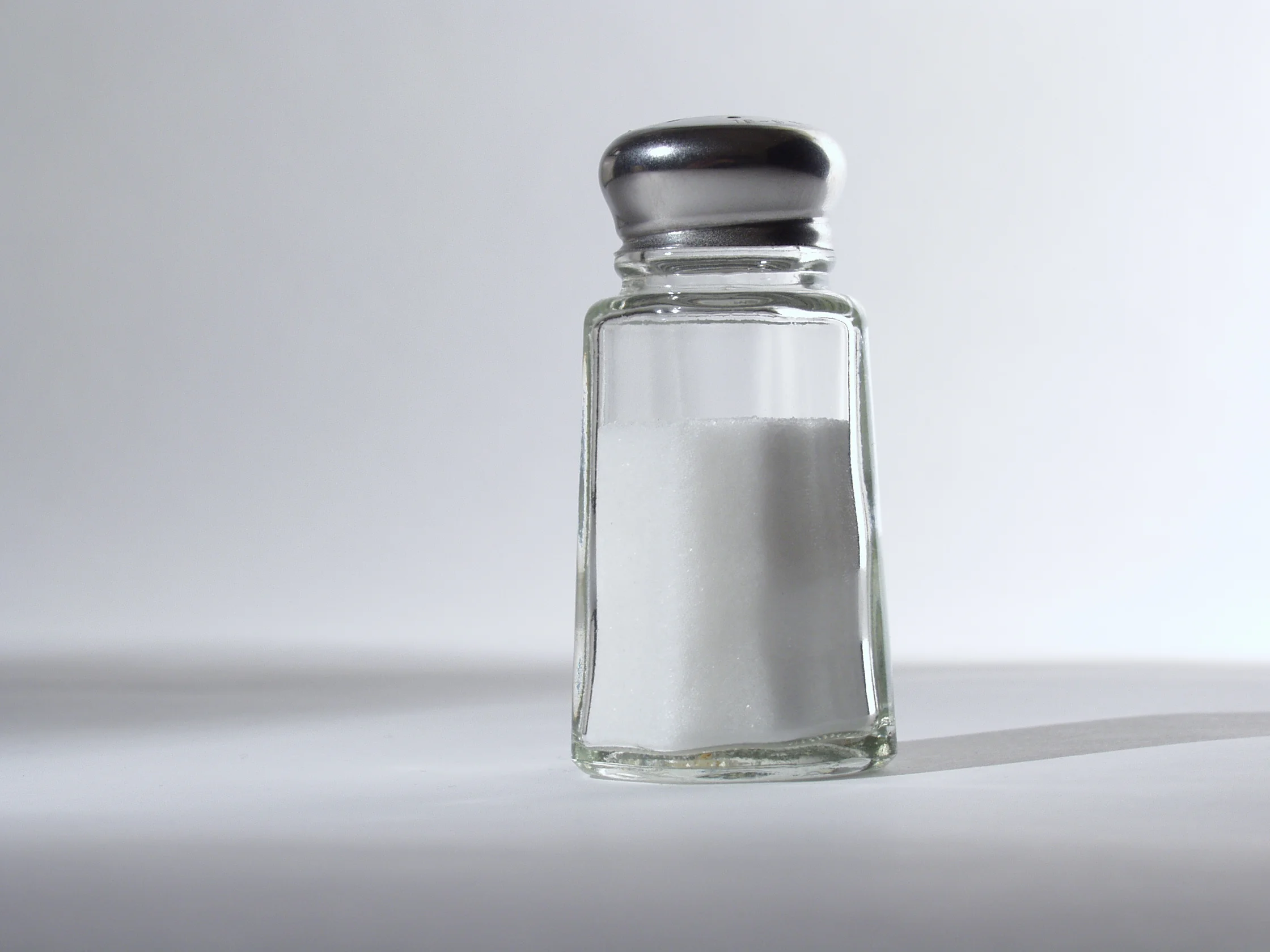Answer: The sensation of salt is detected when sodium (Na+) ions enter through ion channels on receptors on the tongue.
The tongue is covered in taste buds, each of which may contain about 50 taste receptor cells. These gustatory receptor cells can respond to different types of environmental chemical stimuli that enter the mouth. Generally, when a food is put into the mouth, it mixes with saliva and this causes the component food molecules to become solubilized.
Common table salt is made of sodium chloride, or NaCl. Upon exposure to a liquid like saliva, the two ions dissociate into Na+ and Cl-. Once dissociated, the Na+ ions enter through ion channels on the taste receptors, and these gustatory receptors send electrical impulses towards the central nervous system to signal saltiness. Information from the gustatory receptors is sent into the brain via two different cranial nerves, the facial nerve (CN VII) and the glossopharyngeal nerve (CN IX). Unlike many of the sensory systems, the gustatory system sends projections ipsilaterally: for example, the left half of the tongue sends information into the left hemisphere of the brain.
Other alkali metals may also taste salty, such as potassium or lithium. Na+ is atomically very similar to these related ions, thus they are likely to activate the ion channels in a similar manner.
The sensation of saltiness depends on Na+ entry through ion channels, which is simpler than sensation of bitter or sweet, which utilizes complex signaling through metabotropic G-protein coupled receptors (GPCRs). Sensation of acidic tastes are likely mediated by entry of H+ ions, which indicates an acid.
